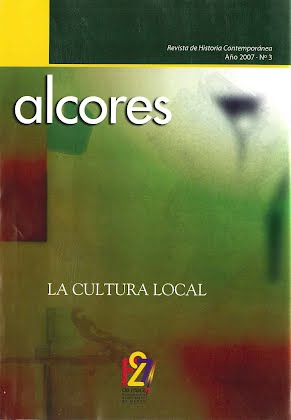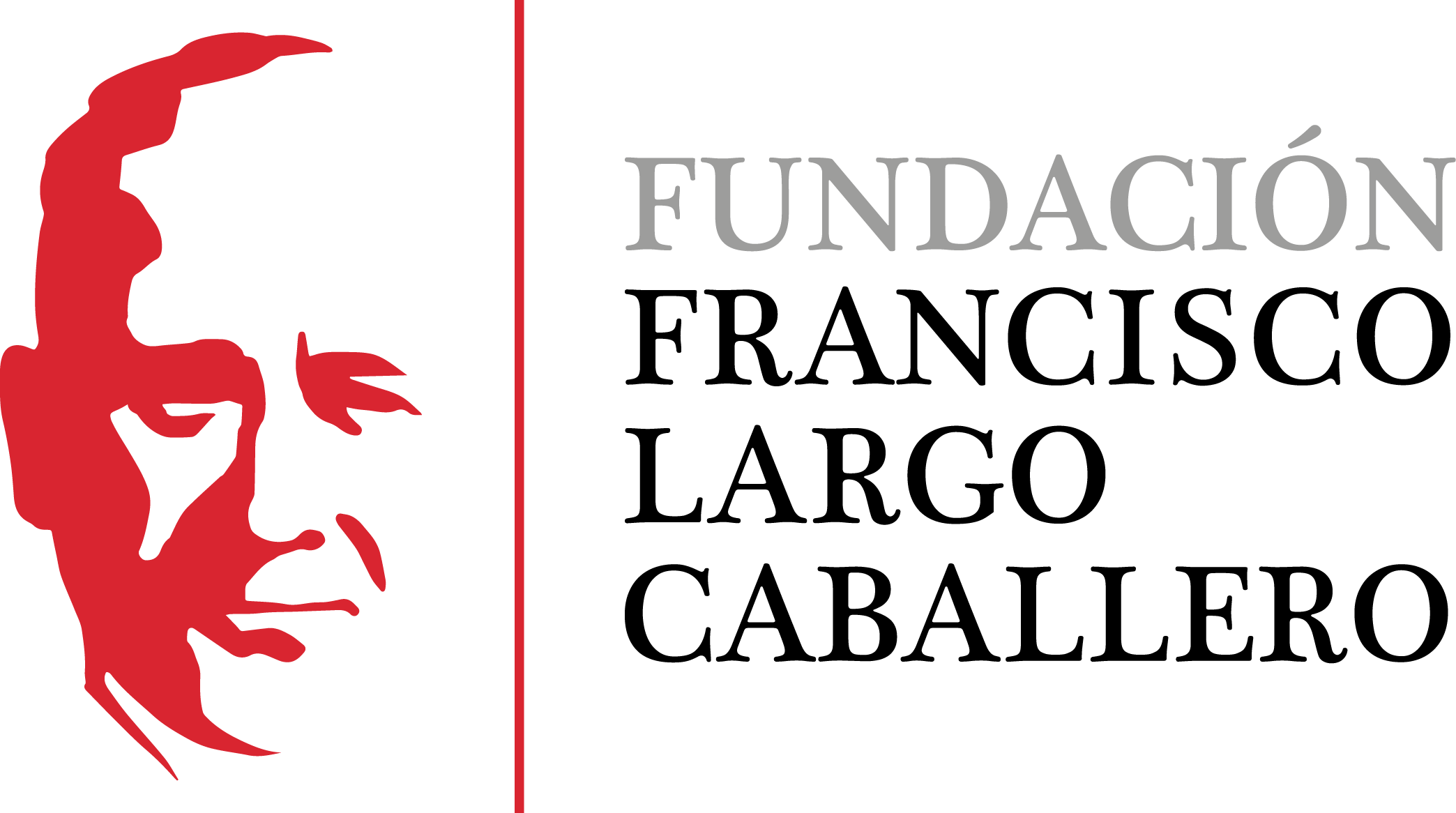The role of monarchy in the European constitutional development
The Spanish example. From the assembly ergime to parlamentarism versus the American presidentialism
DOI:
https://doi.org/10.69791/rahc.269Keywords:
Monarchy, constitutional system, parlamentarism, republic, presidentialism, EuropeAbstract
In this article I present some of the reasons which the our Constituents emphasized to design two different political projects. The revolutionary, with strict separation of powers in 1812, and the moderate or parliamentary government, when Fernando VII died. This confirms my hyphotesis: The revolutionary worked in the U.S. with an eligible Executive with the same renewed legitimity as the Legislative; it did not work in the Monarchy with a permanent power. The reason was that to settle the revolution it was necessary to strengthen the Executive Power. While the Republic allowed the presidentialism to develop, the Constitutional Monarchy and the presidentialism are incompatible. The solution was the parliamentary system of England, being Europe definitely influenced by this model, even when it became republican by majority.
Downloads
Global Statistics ℹ️
|
118
Views
|
31
Downloads
|
|
149
Total
|
|
Downloads
Published
How to Cite
Issue
Section
License
Copyright (c) 2008 Ángeles Lario

This work is licensed under a Creative Commons Attribution 4.0 International License.
Alcores is an open-access journal. It provides unrestricted access to its content from the moment of publication. We respect intellectual property rights, and for this reason, the author retains the copyright. All content is distributed under a Creative Commons Attribution 4.0 International (CC BY 4.0) license. The terms of the license can be consulted at: https://creativecommons.org/licenses/by/4.0/
This license allows sharing (copying and redistributing the material in any medium or format) and adapting (remixing, transforming, and building upon the material for any purpose), provided that authorship and first publication in this journal are properly credited, a link to the license is included, and any changes made are indicated.
This type of license facilitates the freedom of reuse and ensures that the content of this journal can be used to meet research needs.





